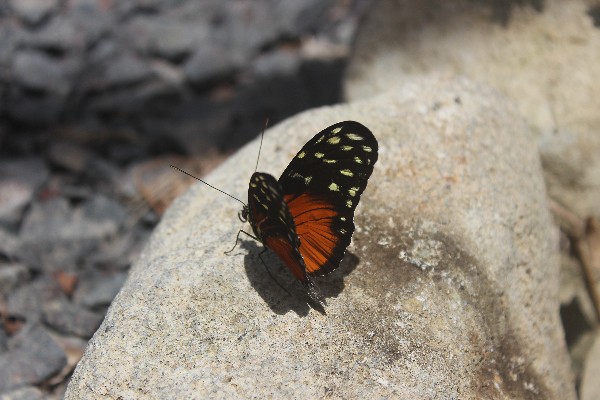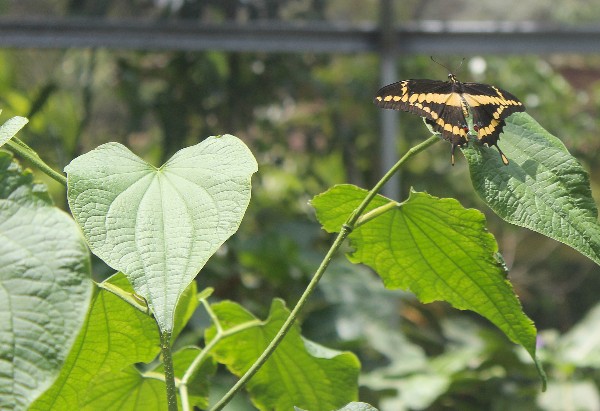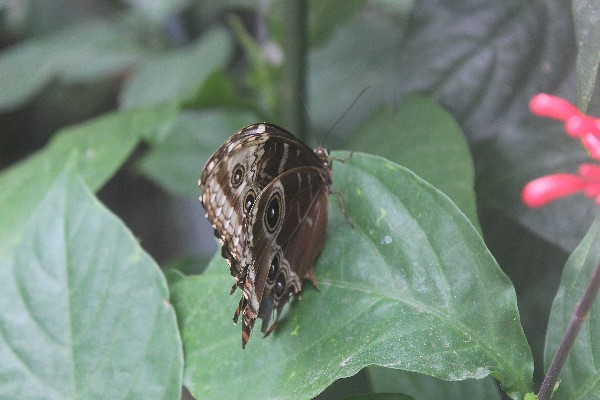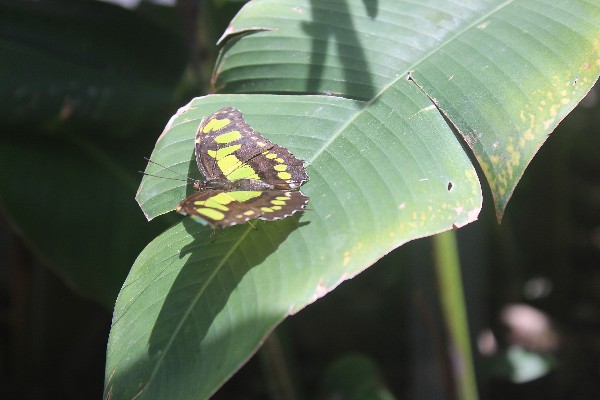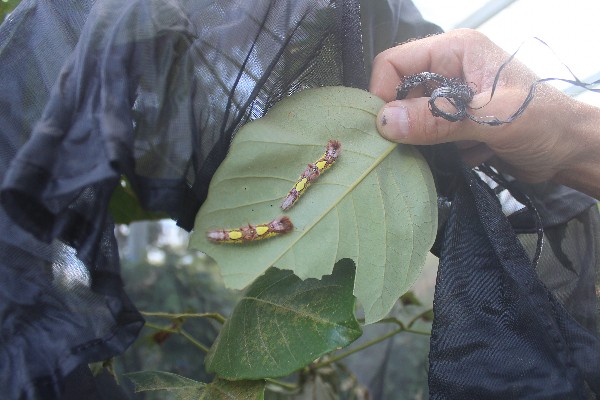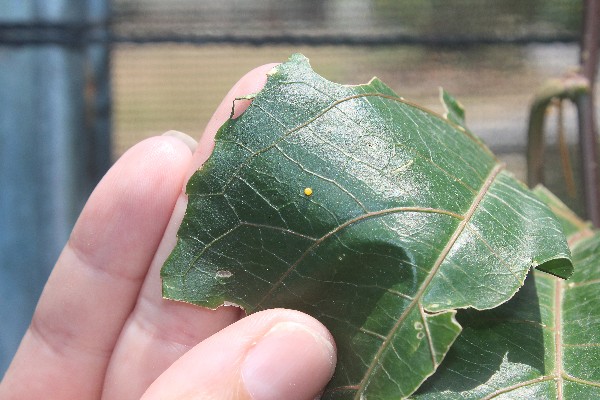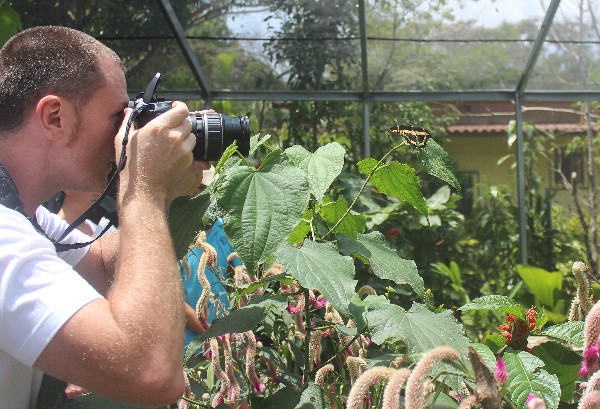El Valle’s Butterfly Haven
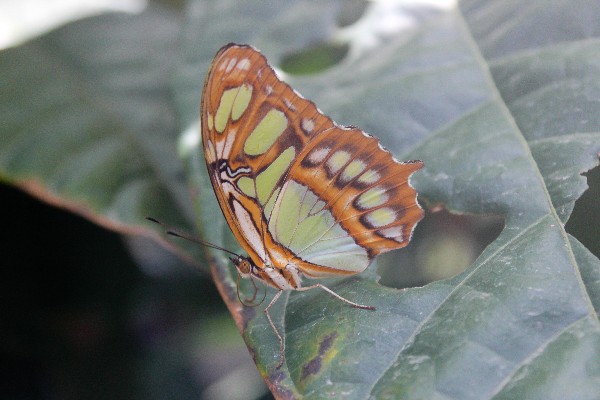
Butterflies are important in our natural world. They are significant plant pollinators, a food source, and an indicator of the ecosystem’s well being. With butterflies in global decline, Jon and Linda from Pennsylvania decided to open a butterfly sanctuary in the mountain town of El Valle. The sanctuary’s mission is to educate on the ecological importance of butterflies and to pave a road for butterfly preservation in Panama. The Butterfly Haven (El Mariposario) is an enclosed habitat where 12 different species of native butterflies, including the majestic Blue Morpho, live and breed. The Haven grounds include a café, library, gift shop, garden, laboratory and flight house. The main attraction, the flight house, is a 1500 square walk-in mesh room, containing over 200 butterflies.
Jon and Linda began importing butterfly chrysalises from Costa Rica when they arrived in Panama just last year. When the chrysalises arrived early February, they remained in the lab until metamorphosis occurred. When the transformation was complete, the butterflies that emerged from their pupa were transferred to the flight house. The flight house mimics an ideal natural environment for the butterflies, and is the perfect space for them to live and procreate.
In the wild, butterflies have a 2% survival rate, this means that for every 100 eggs a female butterfly lays, only two will survive to maturity. This low survival rate is due to a large number of natural predators including birds and spiders, as well as a dwindling number of host plants.
A host plant is the plant that a specific species of butterfly will lay her eggs on. The type of plant is important because it is what the caterpillar will eat once hatched. Since many host plants are considered weeds, they are generally cleared when land is developed. Each species has a different host plant; some only have one, while others will lay eggs on three of four different types of plants.
By eliminating predators and offering an array of host and nectar plants, the flight house is a butterfly’s haven. Butterfly eggs are collected from the flight house and taken to the lab for maturation. With an abundance of host plants and zero predators presented in the lab, the eggs have a 75% chance of reaching full maturity.
There is much to learn about butterflies beyond their beauty. Orlando, the tour guide at The Butterfly Haven offers educational tours in English and Spanish. The guided tour takes you to the flight house, lab and garden, allowing you to walk through their habitat and witness all four lifecycles. While The Butterfly Heaven offers a unique experience, Jon and Linda have several species of host plants available for purchase so visitors can attract butterflies to their own backyards.
To learn more about butterflies and their ecological importance visit The Butterfly Haven in El Valle. The sanctuary is open everyday except Tuesday from 9:00 a.m. – 4:00 p.m. It is easy to get to the Butterfly Sanctuary from the main road into El Valle. Make a left just before the El Valle Market; Melo and the Police Station will be to your right. Follow this road until you see a blue butterfly sign with a red arrow on your right hand side.
The Butterfly Heaven charges a small fee to help with butterfly conservation efforts: $4.00 for foreigners, $2.50 for Panamanians and Pensionados, and $1.00 for children under 12 years of age.
For more info visit their website here!

